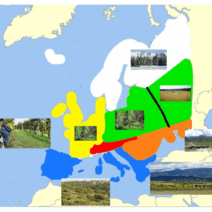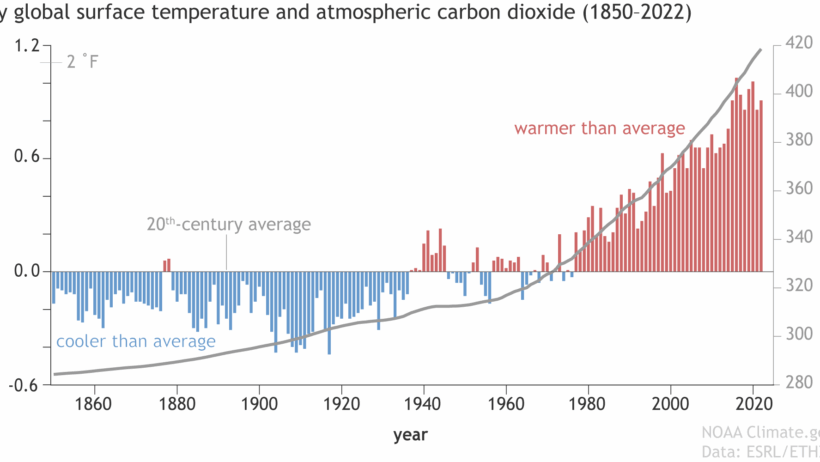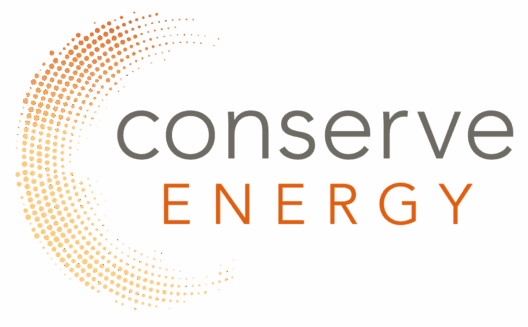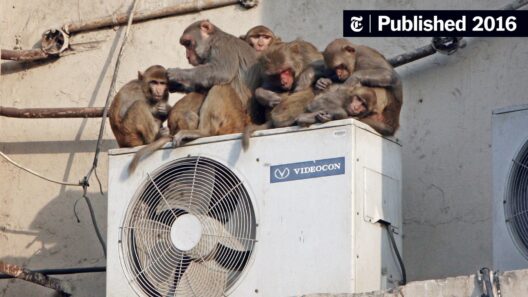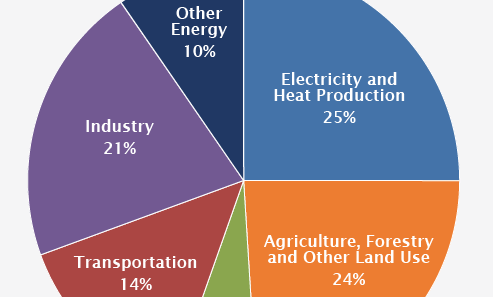The intricate relationship between carbon dioxide (CO2) levels and global temperatures defines a critical axis in the dialogue surrounding climate change. As we delve into the climate equation, understanding how increased CO2 emission leads to a warming world is paramount. This phenomenon constitutes a primary driver of climate disturbances, leading to severe ecological consequences, economic ramifications, and societal upheavals.
The greenhouse effect, a natural process that warms the Earth’s surface, is significantly amplified by human activities. CO2, alongside other greenhouse gases, traps heat in the atmosphere, preventing it from escaping into space. A delicate balance exists within this system, but the rise of industrialization has disrupted this equilibrium, consequently enhancing the greenhouse effect and leading to unprecedented warming.
Investigating the source of increased CO2 levels reveals a disturbing landscape. Since the late 18th century, human activity has contributed to a dramatic escalation in CO2 concentrations. The combustion of fossil fuels—such as coal, oil, and natural gas—remains the dominant source, contributing about 75% of carbon emissions worldwide. Deforestation and land-use changes further exacerbate the issue. Trees, the planet’s lungs, sequester carbon, and their depletion leads to both reduced absorption of CO2 and the release of stored carbon back into the atmosphere.
The consequences of this augmented greenhouse effect cannot be overstated. As CO2 levels continue to rise, global average temperatures follow suit. The Intergovernmental Panel on Climate Change (IPCC) warns that if current trends persist, we could witness a temperature increase of 1.5°C above pre-industrial levels as early as 2030. Such a shift would unleash a cascade of climatic catastrophes, including more frequent and severe weather events, rising sea levels, and disruptions to global ecosystems.
The implications extend beyond the realm of science. These climatic alterations pose substantial risks to human health, agriculture, and economic stability. Increased temperatures can exacerbate heatwaves, leading to higher incidences of heat-related illnesses and fatalities. Agriculture, intricately linked to climatic conditions, faces unpredictable growing seasons, threatening food security for millions worldwide. Moreover, as ecosystems falter, the economic repercussions are staggering—damages to infrastructure, loss of biodiversity, and the strain on emergency services during natural disasters are just a few examples.
Societal frameworks must adjust to these impending changes, which requires an expansive shift in perspective. Many people perceive climate change as a distant issue, one that will only impact future generations. However, the effects are happening now. Shifting weather patterns can transform once-fertile lands into arid deserts, affecting livelihoods today. A growing body of evidence suggests that communities, particularly vulnerable populations, are bearing the brunt of climate change repercussions through displacement and loss of resources. An adaptive and proactive approach is vital in confronting these challenges.
Addressing the climate equation involves reducing CO2 emissions, enhancing carbon sequestration, and making responsible lifestyle choices. A swift transition to renewable energy sources—such as solar, wind, and hydroelectric power—illustrates one of the most effective ways to curb emissions. Not only does this reduce reliance on fossil fuels, but it simultaneously contributes to the creation of sustainable jobs and the diversification of energy portfolios.
In tandem with emission reduction, investment in reforestation and land restoration must be prioritized. Initiatives aimed at restoring degraded ecosystems can sequester billions of tons of CO2 while fostering biodiversity and enhancing resilience against future climate impacts. Protecting existing forests is equally crucial, as they serve as biodiversity hotspots and essential buffers against climate change.
Public awareness and education further play pivotal roles in driving change. Empowering individuals with knowledge can catalyze grassroots movements that demand action from policymakers. Community-based initiatives focusing on local carbon reduction strategies can mobilize citizens to participate actively in climate activism. Informed individuals are not merely passive recipients of information; they become empowered agents for environmental sustainability.
Moreover, the urgency of mitigation efforts cannot be overstated. Collective action on a global scale is essential to dismantle entrenched systems that perpetuate CO2 emissions. International agreements, such as the Paris Accord, represent steps toward a cooperative framework encouraging countries to commit to emissions reductions. However, the effectiveness of these agreements hinges on compliance, transparency, and the willingness of nations to prioritize planetary health over short-term economic gain.
As we unravel the complex layers of the climate equation, it is evident that increased CO2 levels fundamentally result in a warming world. This intricate interplay between human activity and natural systems not only highlights the challenges we face but also illuminates a path forward. Each choice we make, from individual actions to collective policies, shapes the trajectory of our planet’s future. It is crucial now more than ever to foster a renewed sense of urgency, resilience, and commitment to combat climate change. The time to act is unequivocally now—a clarion call for a sustainable future awaits.
